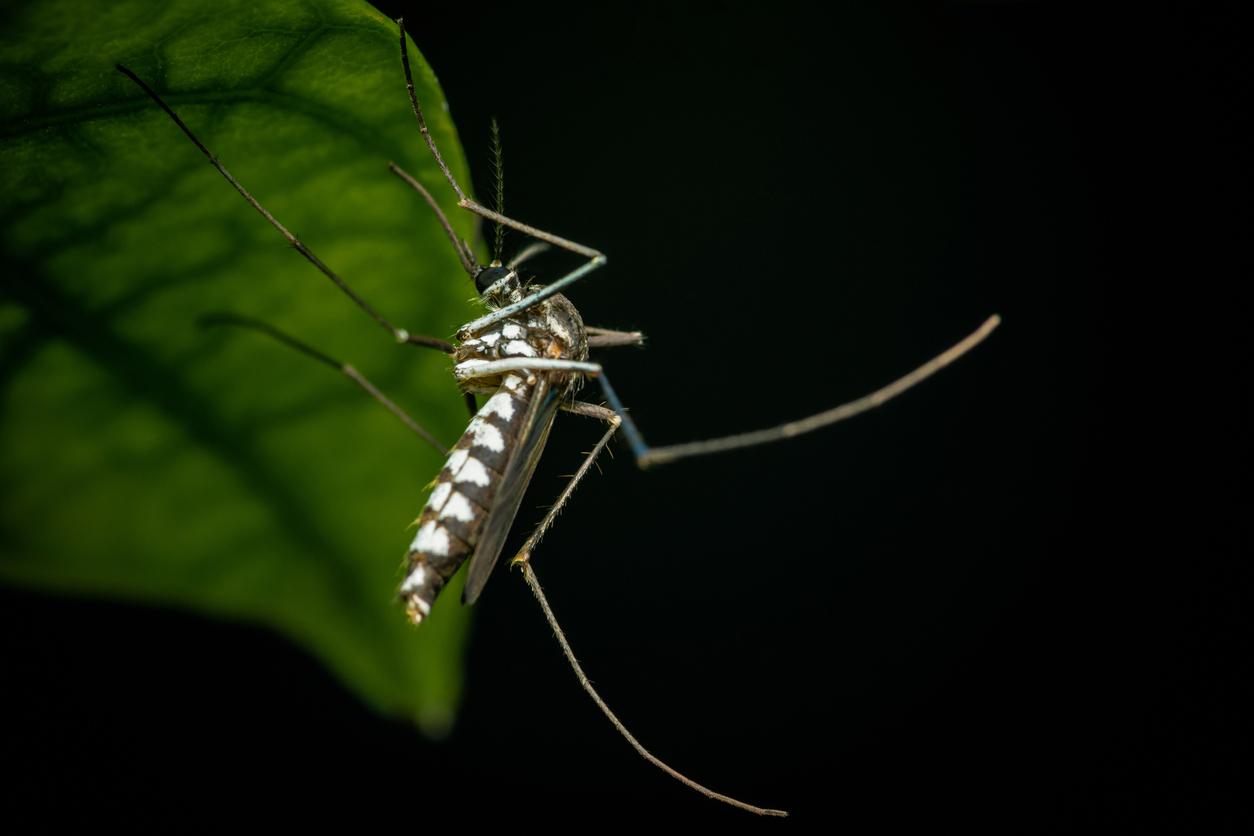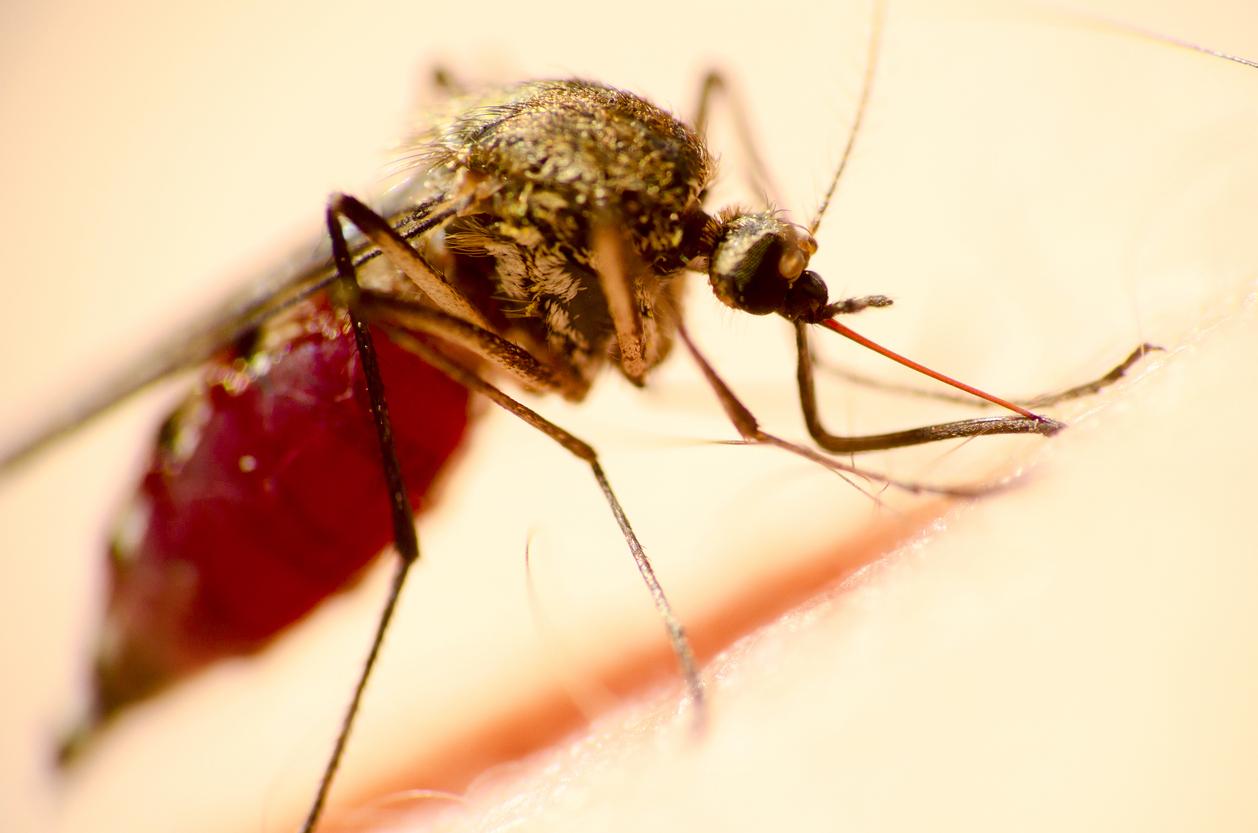Malaria is gaining ground and raging at altitudes where the mosquito that spreads the disease was not accustomed to flying. This infectious disease (also known as malaria) now affects areas of Africa and South America that had never known it.
The mosquito carrying the malaria parasite (and the parasite itself) are not resistant to low temperatures. Many populations in Africa and South America had therefore chosen to settle at altitude, so as not to risk catching the disease.
Malaria: 630,000 deaths per year
Each year, malaria still causes between 1 and 3 million deaths (mainly in sub-Saharan Africa). The main victims are children under 5 and pregnant women, because the placenta is a target where mosquito-borne parasites can accumulate.
This places this parasitic disease at the forefront of the concerns of the World Health Organization (WHO) and many scientists are currently working on the development of malarial areas.
This is how a team of researchers led by Professor Mercedes Pascual, from the University of Michigan, found that global warming had a direct impact on the development of the disease. “In warm years, malaria moves higher into the mountains, while in cold years, it is limited to lower altitudes,” explains Professor Pascual. “Based on the current distribution of the disease, we have estimated that a global warming of 1 degree, would cause between 1 and 3 million additional cases of malaria in children under 15”.
Malaria: more vulnerable populations
According to Professor Pascual, populations that have never been exposed to malaria, such as in Ethiopia, where half the population lives between 1600 and 2400 m altitude, risk being very vulnerable. It is therefore urgent to try to stop the spread of the disease.
According to the WHO, by 2030, the world should have vaccines that are effective and affordable enough to be able to reduce the number of malaria cases by 75%.


















